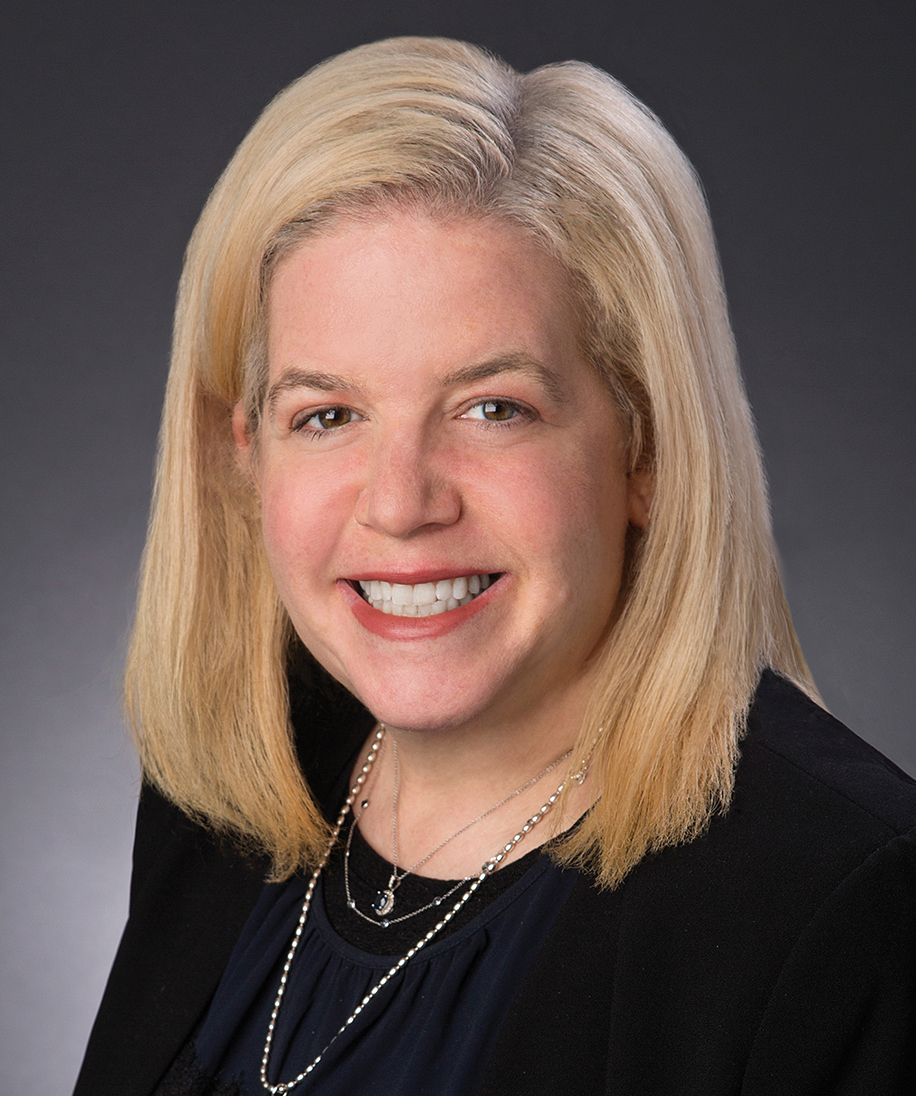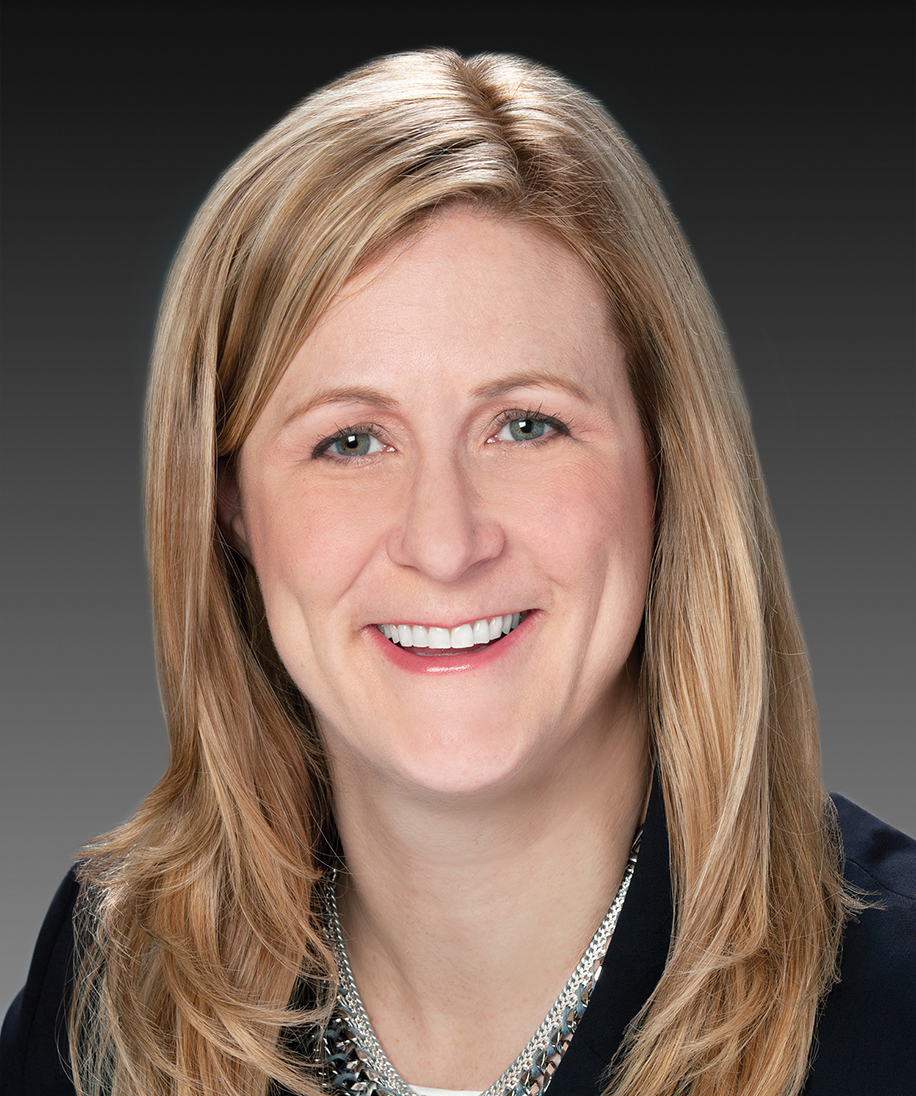Client Alert
Federal Reserve Seeks to Raise Interest by Issuing Revised FAQs for Its Main Street Lending Program
September 28, 2020
By Paul Hastings LLP
The Board of Governors of the Federal Reserve System (the “Federal Reserve”) recently revised the Main Street Lending Program’s (the “Program”) Frequently Asked Questions (“FAQs”) (for-profit here, nonprofit here) to clarify the Federal Reserve’s expectations regarding lender underwriting for the Program in an attempt to encourage more lending under the Program. In sum, the revised FAQs emphasize that lender underwriting should look back to the borrower’s pre-pandemic condition and forward to their post-pandemic prospects (FAQs E.1, F.3, G.11, and I.2). The FAQs also clarify supervisory expectations for lenders originating Program loans (FAQ K.4). Our earlier Stay Currents on the Program can be found here, here, here, and here.
To date, the $600 billion Program has been underutilized with only approximately $2 billion in Program loans that have been purchased (or accepted for purchase) by the Federal Reserve and approximately $400 million in Program loans that are under review in the Program portal. The Federal Reserve updated its guidance in hopes that more lenders would be encouraged to actively engage with borrowers impacted by the pandemic utilizing the Program.
The updates involve the question of what time period lenders should take into consideration when evaluating a potential borrower’s financial condition and provides that potential borrowers may not be penalized for poor financial performance that is due strictly to the pandemic. Previously, the FAQs indicated that lenders should evaluate the financial condition of potential borrowers at the time of application.
As many businesses are financially challenged due primarily to the ongoing COVID-19 pandemic, the current financial status of many companies and nonprofit organizations is not reflective of how the business would be operating under more normal economic conditions. In this regard, the revised FAQs recognize that “given the severe economic dislocations caused by the COVID-19 pandemic, many Main Street loan applicants may be experiencing temporary cash flow disruptions.” Because of their current financial condition, many businesses that are otherwise successful have had trouble borrowing funds on favorable terms. To address the issue, the revised FAQs provide that participating lenders should assess each potential borrower’s “pre-pandemic financial condition and post-pandemic prospects,” while also taking into account the payment deferral features of Program loans. The FAQs remain clear that a potential borrower still must satisfy all Program criteria to be eligible to borrow under the Program.
The revised FAQs, developed in collaboration with the Federal Deposit Insurance Corporation and the Office of the Comptroller of the Currency, also clarify that lenders will not receive supervisory criticism for following the guidance and lending to businesses that fare better under non-pandemic conditions. This includes “cases when such loans are considered non-pass at the time of origination, provided these weaknesses stem from the pandemic and are expected to be temporary or if such loans are part of a bank’s prudent risk mitigation strategy for an existing borrower.”
Additionally, the FAQs also were updated to provide clarity on other issues, including:
providing guidance on completing and submitting legal documents and entering data into the Program portal for multi-borrower loans (FAQs H.24, H.25, L.8, L.9, L.12, and M.5); and
clarifying the application of the direct loan restrictions on loans between Program borrowers and their owners, employees, and officers (FAQs H.20, H.21, H.22, and H.23).
Although it is yet to be seen whether the revised FAQs will encourage more lenders to more actively participate in the Program, it is clear that troubleshooting the Program and issuing updates accordingly remains a priority of the Federal Reserve, and lawmakers, lenders, and potential borrowers are paying close attention to the process.
Contributors








